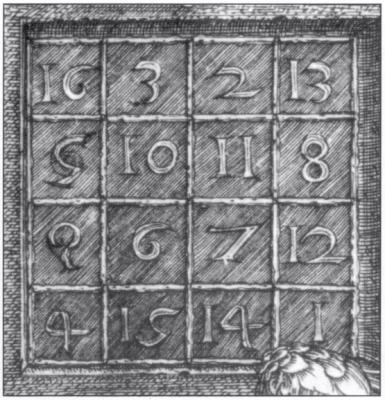... newer stories
Sonntag, 17. Januar 2010
Kristallberg auf dem Mond entdeckt
klauslange,16:47h
Wieder meldet das Team der indischen Mondsonde Chandrayaan-1 bei Auswertung der Daten eine interessante Entdeckung auf dem Mond. Auf der Rückseite des Mondes, die von der Erde aus nicht einsehbar ist, im Orientalis Becken, konnte nun ein Kristallberg gefunden werden.
Dies berichtet das indische Yahoo-Newsportal:
http://in.news.yahoo.com/139/20100112/981/tsc-moon-s-crystal-mountains-reveal-its.html
Dies scheint ein bestimmtes Mondentstehungsszenario zu bestätigen. Umso seltsamer ist einmal mehr, dass dies nicht zuvor von der NASA gemeldet wurde - wie auch die Mondhöhlen ( http://designale.blogger.de/stories/1513827/ ), sondern erst durch die Forscher des indischen Mondsondenprojekts. Sieht die NASA mit ihren Sonden solche Dinge nicht, oder soll sie diese für sich behalten?
Hier einiges aus der india yahoo Meldung:
And now, Chandrayaan-1, which orbited the moon for almost 10 months until it failed in August, seems to have found the mother lode - vast outcrops of plagioclase crystal along a mountain range inside the moon's 930-kilometre-wide Orientale basin.
Lava has resurfaced less of Orientale than other craters of its size.
In 1994, the US orbiter Clementine found regions inside Orientale that seemed to be virtually iron-free, hinting at plagioclase, but Chandrayaan-1 was able to detect the light absorbed by the crystal itself.
It found that the rock containing the crystal spans at least 40 kilometres and is quite pure - less than 5 per cent of it is composed of iron-rich minerals.
This is purer than a number of Apollo samples, which until now have been the primary source of information on the moon's ancient crust.
"This is a game-changer. We now have to rethink a lot of lunar science; issues such as the way the crust originally floated over the denser melt of the magma ocean [and] the extent to which the crust was jumbled by large impacts," New Scientist quoted Paul Warren of the University of California, Los Angeles, as saying.
Finding widespread, pure plagioclase suggests a more global process behind moon's formation.
"It really pretty much ties up the magma ocean part of the story," said Carle Pieters of Brown University in Providence, Rhode Island.
Dies berichtet das indische Yahoo-Newsportal:
http://in.news.yahoo.com/139/20100112/981/tsc-moon-s-crystal-mountains-reveal-its.html
Dies scheint ein bestimmtes Mondentstehungsszenario zu bestätigen. Umso seltsamer ist einmal mehr, dass dies nicht zuvor von der NASA gemeldet wurde - wie auch die Mondhöhlen ( http://designale.blogger.de/stories/1513827/ ), sondern erst durch die Forscher des indischen Mondsondenprojekts. Sieht die NASA mit ihren Sonden solche Dinge nicht, oder soll sie diese für sich behalten?
Hier einiges aus der india yahoo Meldung:
And now, Chandrayaan-1, which orbited the moon for almost 10 months until it failed in August, seems to have found the mother lode - vast outcrops of plagioclase crystal along a mountain range inside the moon's 930-kilometre-wide Orientale basin.
Lava has resurfaced less of Orientale than other craters of its size.
In 1994, the US orbiter Clementine found regions inside Orientale that seemed to be virtually iron-free, hinting at plagioclase, but Chandrayaan-1 was able to detect the light absorbed by the crystal itself.
It found that the rock containing the crystal spans at least 40 kilometres and is quite pure - less than 5 per cent of it is composed of iron-rich minerals.
This is purer than a number of Apollo samples, which until now have been the primary source of information on the moon's ancient crust.
"This is a game-changer. We now have to rethink a lot of lunar science; issues such as the way the crust originally floated over the denser melt of the magma ocean [and] the extent to which the crust was jumbled by large impacts," New Scientist quoted Paul Warren of the University of California, Los Angeles, as saying.
Finding widespread, pure plagioclase suggests a more global process behind moon's formation.
"It really pretty much ties up the magma ocean part of the story," said Carle Pieters of Brown University in Providence, Rhode Island.
... link (2 Kommentare) ... comment
... older stories

